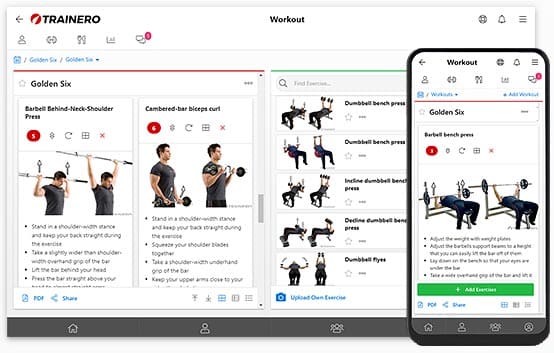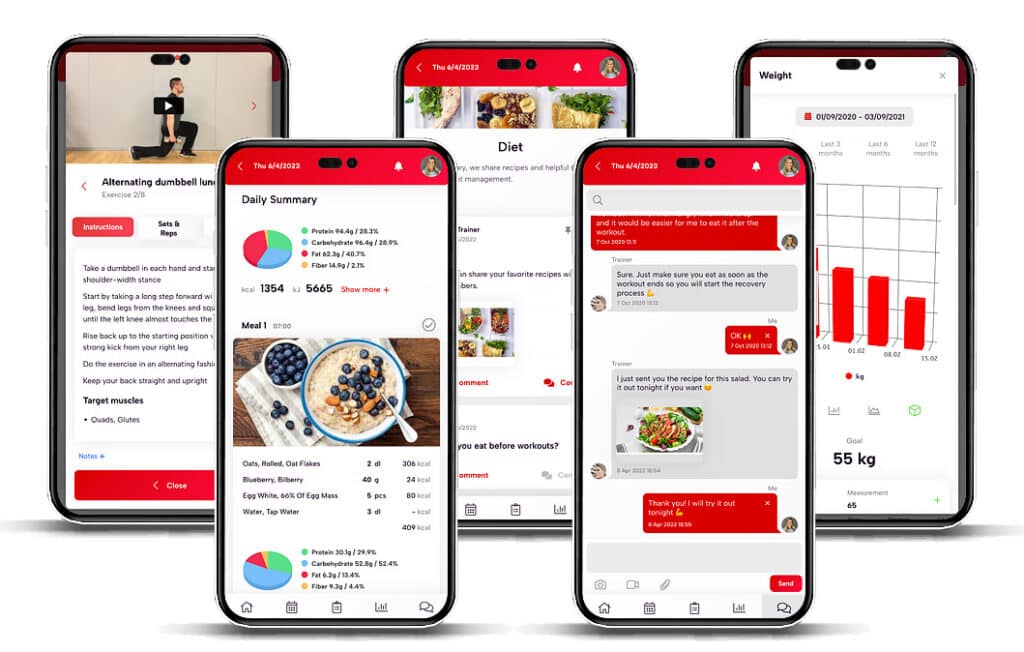How to Empower and Motivate Clients Using Psychological Strategies
In the realm of client engagement, understanding and boosting motivation is crucial for helping clients achieve their goals. Whether you’re a coach, a therapist, or a consultant, knowing how to effectively motivate clients can make a significant difference in their progress. This article delves into the psychology behind motivation and explores various strategies that can be utilized to empower and motivate clients to thrive.
What Are the Key Types of Motivation that Influence Clients?
How Does Intrinsic Motivation Differ from Extrinsic Motivation?
Intrinsic motivation refers to the drive to engage in an activity for its inherent satisfaction rather than for some separable consequence. When clients are intrinsically motivated, they engage in tasks because they find them enjoyable and fulfilling. On the other hand, extrinsic motivation is driven by external rewards such as money, recognition, or praise. While extrinsic motivators can be effective, they might not sustain long-term motivation as effectively as intrinsic motivators. Understanding these types of motivation is essential for tailoring approaches that best suit each client’s needs.
Why is Understanding Motivation Important in Client Engagement?
Understanding motivation is critical in client engagement because it enables practitioners to tailor their strategies according to the client’s motivational drivers. When a client’s motivation is properly assessed, practitioners can design interventions that resonate more deeply, leading to enhanced motivation and better outcomes. It’s important to recognize that motivation can vary greatly among clients, and what motivates one client may not necessarily motivate another. Recognizing these nuances can significantly improve the effectiveness of motivational strategies.
Which Sources of Motivation Are Most Effective for Clients?
Sources of motivation can be diverse, but some are particularly effective in motivating clients. Achievement motivation, for instance, drives individuals to pursue excellence and strive for success. Social motivation, meanwhile, involves the influence of social factors, such as the desire to belong or to be accepted by peers. Autonomy, or the need for self-direction, also plays a critical role in motivating clients. By identifying and leveraging these sources of motivation, practitioners can help clients reach their full potential.
How Can Psychology Help Increase Motivation in Clients?
What Psychological Tactics Are Used to Motivate Clients?
Psychological tactics play a vital role in increasing motivation in clients. Techniques such as goal-setting, positive reinforcement, and cognitive restructuring can be incredibly effective. By setting clear, achievable goals, clients are given a roadmap to success, which can boost motivation. Positive reinforcement, such as praise or rewards, can also enhance motivation by providing external validation. Cognitive restructuring helps clients to change negative thought patterns, enabling them to be more open to new challenges and more resilient in the face of obstacles.
How Does Empathy Play a Role in Motivational Techniques?
Empathy is a cornerstone of effective motivational techniques. When practitioners demonstrate empathy, they connect with clients on a deeper level, making clients feel understood and valued. This emotional connection can significantly increase motivation, as clients are more likely to engage with someone who they perceive as genuinely interested in their well-being. Empathy also allows practitioners to better understand the client’s perspective, which can inform more effective motivational strategies.
What Role Does Reward Play in Client Motivation?
Rewards are a powerful tool in client motivation, serving as tangible acknowledgments of progress and achievement. Rewards can be extrinsic, such as financial incentives or public recognition, or intrinsic, such as the personal satisfaction of achieving a goal. However, it’s important to balance rewards to avoid diminishing intrinsic motivation. When used judiciously, rewards can boost motivation by providing clients with a sense of accomplishment and encouraging further engagement in the process.
What Strategies Can Motivate Unmotivated Clients?
How Can Coaches Overcome a Lack of Motivation in Clients?
Coaches can overcome a lack of motivation in clients by employing strategies that address specific barriers to motivation. One effective approach is to identify and tackle the obstacles that prevent clients from taking action. Coaches can use open-ended questions to facilitate reflection and help clients explore their reasons for change. By understanding the root causes of a client’s lack of motivation, coaches can develop personalized strategies to reignite their passion and drive.
What Exercises Might Encourage Clients to Engage More?
Exercises that involve self-reflection and goal-setting can be particularly effective in encouraging client engagement. Activities such as journaling, vision boards, and role-playing can help clients clarify their goals and visualize their path to success. These exercises allow clients to explore their thoughts and emotions, increasing their self-awareness and motivation. By actively participating in these exercises, clients can better understand their motivations and feel more empowered to take action.
How Can Stages of Change Be Integrated to Motivate Clients?
The Stages of Change model can be a valuable framework for motivating clients. This model outlines the progression through different stages of readiness to change, from precontemplation to maintenance. By identifying the stage a client is in, practitioners can tailor their interventions to meet the client’s current level of motivation. For example, clients in the contemplation stage might benefit from exploring the pros and cons of change, while clients in the preparation stage might respond well to planning and goal-setting exercises.
How to Evaluate and Implement Effective Client Motivation Practices?
What Methods Are Used to Evaluate Motivation in Clients?
Evaluating motivation in clients involves assessing their readiness and willingness to change. Practitioners can use a variety of methods to evaluate motivation, including self-report questionnaires, motivational interviewing, and behavioral observations. These tools can provide insights into a client’s motivation levels, helping practitioners to tailor their interventions accordingly. Regular evaluation also allows practitioners to track progress and make necessary adjustments to their motivational strategies.
How Can Accountability Enhance Client Motivation?
Accountability is a powerful motivator that can enhance client motivation by creating a sense of responsibility. When clients are held accountable for their actions and progress, they are more likely to stay committed to their goals. Accountability can be fostered through regular check-ins, progress tracking, and collaborative goal-setting. By creating a structure of accountability, practitioners can help clients stay focused and motivated throughout their journey.
Which Tactics Are Best for Implementing Motivation Strategies?
Implementing motivation strategies requires a thoughtful approach that considers the unique needs and motivations of each client. Tactics such as motivational interviewing, goal-setting, and positive reinforcement can be highly effective. Motivational interviewing, in particular, is a client-centered approach that helps clients explore and resolve ambivalence about change. By using these tactics, practitioners can create a supportive environment that encourages clients to take ownership of their motivation and progress.
How Do Related Articles and Research Inform Client Motivation Techniques?
What Insights Do Recent Studies Provide on Client Motivation?
Recent studies on client motivation provide valuable insights into effective motivational techniques and strategies. Research has shown that personalized interventions that align with a client’s intrinsic motivations are more likely to result in sustained change. Studies also highlight the importance of empathy, accountability, and the use of motivational interviewing in enhancing client motivation. By staying informed about the latest research, practitioners can continuously refine their approaches to better serve their clients.
How Can Motivational Interviewing Be Applied to Empower Clients?
Motivational interviewing is a powerful technique that can be applied to empower clients by helping them explore their motivations and ambivalence towards change. This approach involves using open-ended questions, reflective listening, and affirmations to facilitate a collaborative dialogue. By focusing on the client’s strengths and aspirations, motivational interviewing empowers clients to take charge of their change process, leading to increased motivation and engagement.
Why is Continuous Education Important for Motivation Work?
Continuous education is essential for practitioners involved in motivation work, as it ensures they remain up-to-date with the latest research and techniques. By engaging in ongoing professional development, practitioners can enhance their skills and expand their toolkit of motivational strategies. Continuous education also fosters a culture of learning and growth, enabling practitioners to better support their clients in achieving their goals. As the field of motivation evolves, staying informed and educated is crucial for delivering effective and impactful motivation interventions.

Unlock your fitness potential with Trainero! Get a 14-day free trial and access personalized workout plans, expert coaching, and progress tracking—all in one app. No commitments, just results. Start your free trial today and take your fitness journey to the next level!











